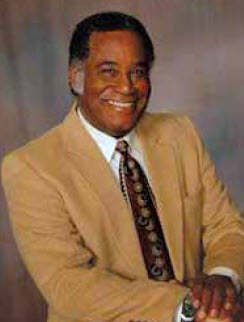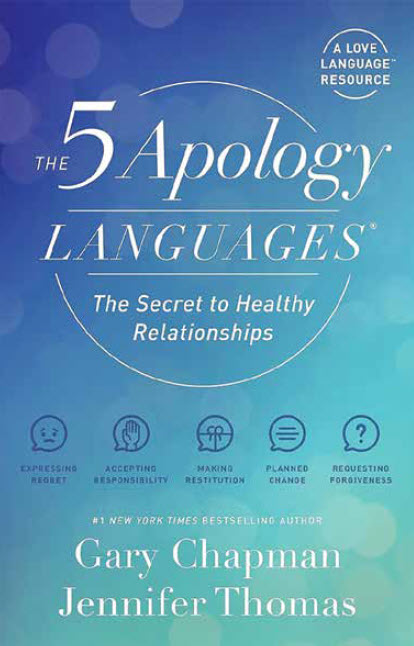 By: Lisa Philippart
By: Lisa Philippart
As you may be able to tell from my writing style, I am not from around here! I was actually trained to become a mental health counselor in beautiful Colorado Springs, Colorado. I had the unbelievable opportunity to intern and then work for a mental health center that served adults with severe and persistent mental illnesses. As part of my experience there, I learned how to effectively use dialectical behavior therapy as a treatment for many of my clients. But, what I truly liked about DBT was that the skills that were taught could be used by everyone in everyday life. The word dialectic actually means finding a balance between two things that may be quite different. So, according to the founder of DBT, Marsha Linehan, the balance in a therapy session is for the therapist to accept who you are AND to expect you to change.
The basic components of DBT are as follows:
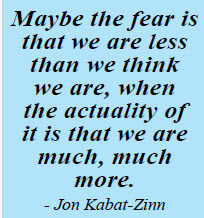 Mindfulness is the foundation of DBT. And the core of mindfulness is to BE in the Wise Mind. As you might imagine, not many of us truly achieve Wise Mind…that perfect balance between the emotional and rational sides of our brains. However, there are 3 “what” skills and 3 “how” skills that can help us work toward that goal. These are actually some of the life skills I was talking about earlier – observe, describe, participate; non-judgmentally, one-mindfully, effectively. By remembering to focus on the what and how skills, we can find ourselves in that place called the present moment.
Mindfulness is the foundation of DBT. And the core of mindfulness is to BE in the Wise Mind. As you might imagine, not many of us truly achieve Wise Mind…that perfect balance between the emotional and rational sides of our brains. However, there are 3 “what” skills and 3 “how” skills that can help us work toward that goal. These are actually some of the life skills I was talking about earlier – observe, describe, participate; non-judgmentally, one-mindfully, effectively. By remembering to focus on the what and how skills, we can find ourselves in that place called the present moment.
Distress Tolerance is the ability to use stress survival techniques that our Wise Mind has allowed us to accept. These strategies include the use of distraction, self-soothing through the senses, and improving the moment. One distress tolerance skill I use quite often with many of my clients is pros and cons. The chart goes beyond simply the positives and negatives of a behavior or situation. It includes looking at both sides of making and not making changes in your life. Another distress tolerance skill I use in my practice is called radical acceptance. Radical acceptance is the ability to acknowledge what is, to allow you to move on. The key concept emphasized is that acceptance does not mean approval.
 Emotion Regulation is the effective management of our feelings. Dr. Linehan uses acronyms quite often to assist clients in remembering the strategies taught in each area. For example, one emotion regulation skill is called PLEASE, used to remind you to take care of yourself by reducing vulnerability. P and L stand for: Treat Physical Illness, E is Balanced Eating, A is Avoid Mood Altering Drugs, S is Balanced Sleep, and E is Get Exercise. Another commonly used ER skill is called Opposite to Emotion Action, which encourages you to alter your emotions by altering your actions. For example, if you are feeling depressed and just want to spend the day in bed, you can choose to challenge the emotion by going for a walk, or visiting with a friend.
Emotion Regulation is the effective management of our feelings. Dr. Linehan uses acronyms quite often to assist clients in remembering the strategies taught in each area. For example, one emotion regulation skill is called PLEASE, used to remind you to take care of yourself by reducing vulnerability. P and L stand for: Treat Physical Illness, E is Balanced Eating, A is Avoid Mood Altering Drugs, S is Balanced Sleep, and E is Get Exercise. Another commonly used ER skill is called Opposite to Emotion Action, which encourages you to alter your emotions by altering your actions. For example, if you are feeling depressed and just want to spend the day in bed, you can choose to challenge the emotion by going for a walk, or visiting with a friend.
Interpersonal Effectiveness brings all the previously learned skills together to improve your ability to interact with others. The acronyms for this skill set are DEARMAN, GIVE, and FAST. I often use GIVE to teach relationship effectiveness with my clients who are struggling in their marriages. GIVE stands for Gentle, Interested, Validate, and Easy Manner. I encourage you to do an internet search for the meanings of some other interpersonal effectiveness acronyms such as DEARMAN and FAST. I believe that most of us need reminders on how to communicate with our fellow human beings.
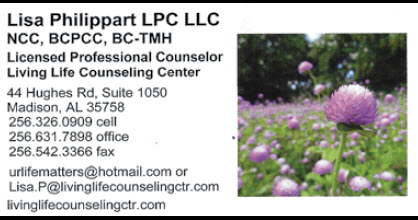
As you might imagine, DBT training required a year-long commitment to learning and using these techniques in the group settings, as well as providing a continuity of care through individual counseling support. Understanding and using DBT has proven to be an effective tool in my counseling toolbox.
Until next time…Lisa
Lisa Philippart is a Licensed Professional Counselor






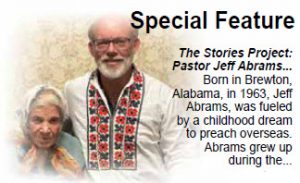


 April 19, 2024
April 19, 2024

